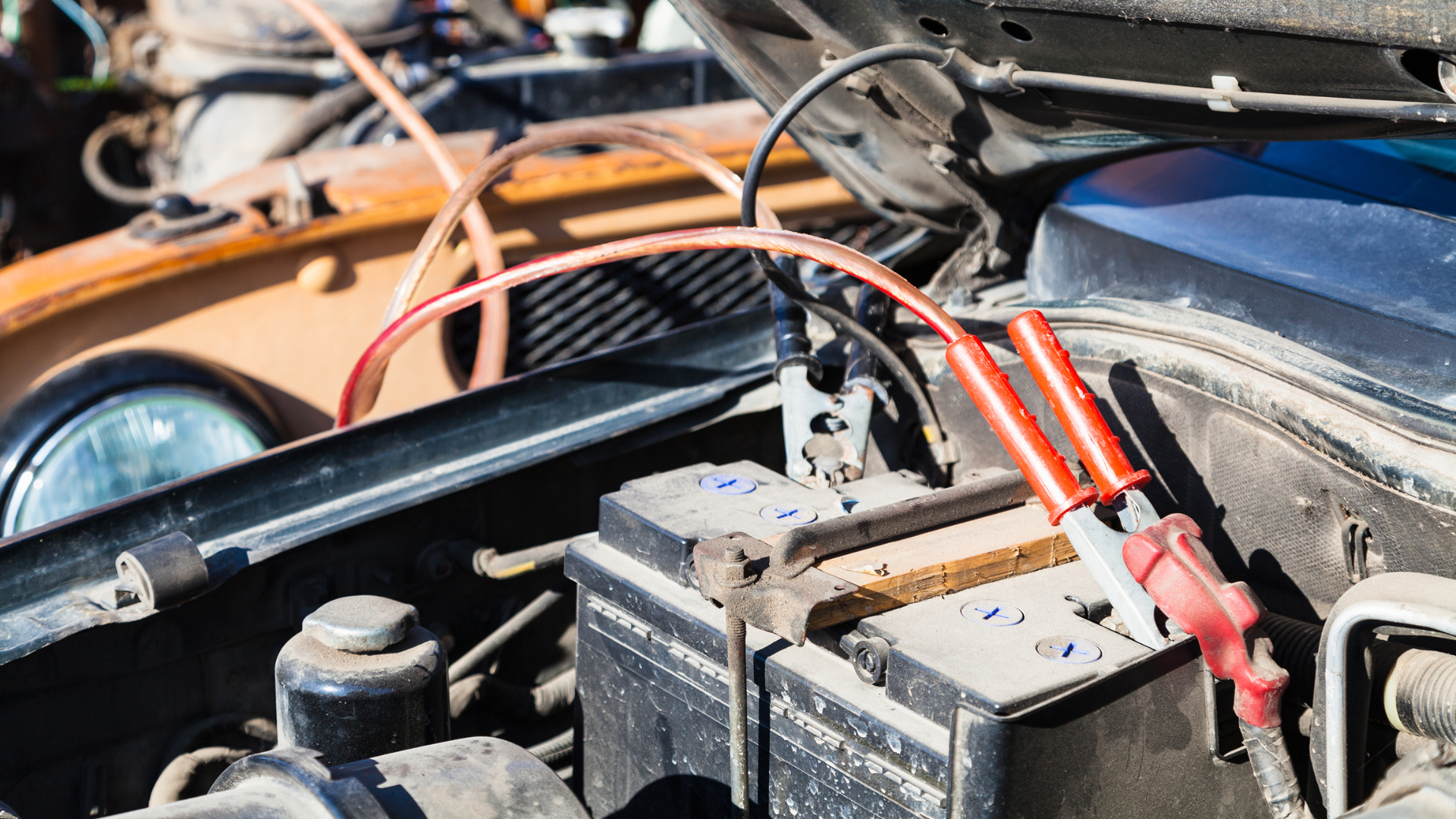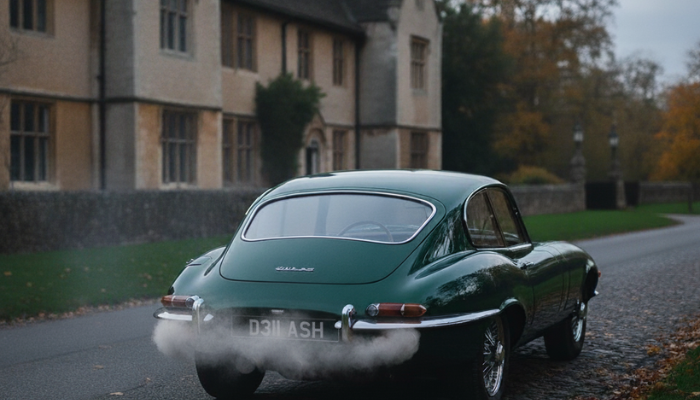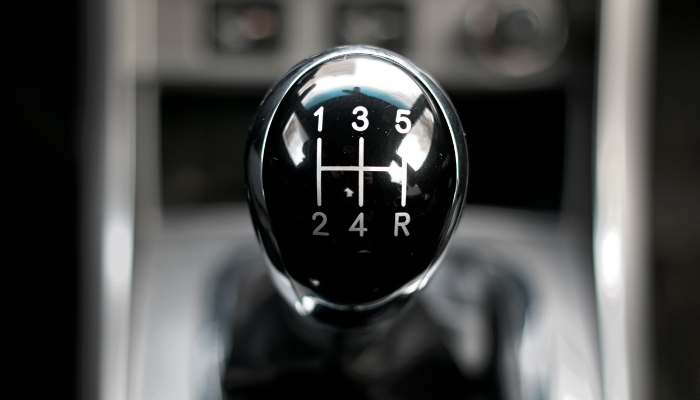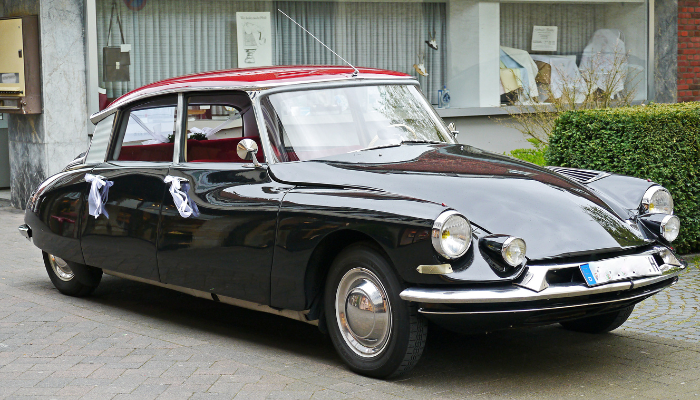When it comes to owning a classic car, maintenance and occasional troubleshooting are part of the journey. One of the most common issues vintage car owners face is a dead battery. But if your classic car runs on a 6-volt battery and you have access only to a 12-volt battery, can you safely jumpstart it? In this article, we’ll explore the technical challenges and potential dangers of using a 12-volt battery to jumpstart a 6-volt system, helping you make an informed decision before taking any action.
Understanding Classic Car Electrical Systems
Classic cars, especially those built before the 1950s, typically use 6-volt electrical systems. Unlike modern vehicles that run on 12-volt batteries, these older cars have different wiring, components, and voltage requirements. Understanding this key difference is crucial because it affects not only how the car runs but also how you maintain it, especially when it comes to jumpstarting the vehicle.
Most modern jumpstarting equipment is designed for 12-volt systems, so if you own a classic car, it’s important to know why your 6-volt system requires special attention and handling.
Can You Jumpstart a 6v Car Battery with 12v?
In short, it’s possible to jumpstart a 6-volt battery with a 12-volt one, but it comes with significant risks. The issue lies in the voltage mismatch—introducing a 12-volt charge into a 6-volt system can lead to electrical overload. This can result in immediate damage to delicate components like the starter, generator, or even the wiring. Not to mention, it can cause dangerous sparks or even battery explosions.
It’s tempting to think that a quick boost from a 12-volt battery might solve a dead battery issue, but this quick fix could lead to costly and time-consuming repairs.
Potential Risks and Damage
The most significant risk when jumpstarting a 6-volt system with a 12-volt battery is the sheer overload of power. Since the components in a classic car’s electrical system are built to handle 6 volts, doubling that input can fry essential parts in seconds. The wiring, which is typically thicker and less insulated than in modern vehicles, could overheat and burn. Even the gauges on your dashboard could be damaged beyond repair.
Moreover, 12-volt batteries deliver a higher amperage, which can overwork and overheat the starter motor, causing it to fail entirely. In the worst-case scenario, the battery could explode, putting you and your car in danger.
Alternative Solutions for Starting a Classic Car
Rather than taking the risk of jumpstarting your 6-volt system with a 12-volt battery, there are safer alternatives. For instance, using a 6-volt battery charger is the ideal solution. These chargers are designed to slowly charge the battery back to its full capacity without overwhelming the system.
Another option is replacing your battery with a new 6-volt one if the old one no longer charges. Some classic car owners even choose to convert their cars to a 12-volt system, but this requires significant modifications and may alter the vehicle’s originality and value.
Final Thoughts—Play It Safe
Owning a classic car comes with unique challenges, and maintaining the electrical system is one of them. While it might seem like a quick solution, jumpstarting a 6-volt battery with a 12-volt one carries too many risks to be worth the gamble. From damaging vital electrical components to the very real danger of causing a battery explosion, it’s best to avoid this method.
Investing in a proper 6-volt charger or exploring other safe alternatives is the smarter route. Keep your classic car running smoothly and protect its historical value by using the right tools for the job. After all, classic cars are more than just vehicles—they’re a piece of history that deserves the right care.







Leave A Comment